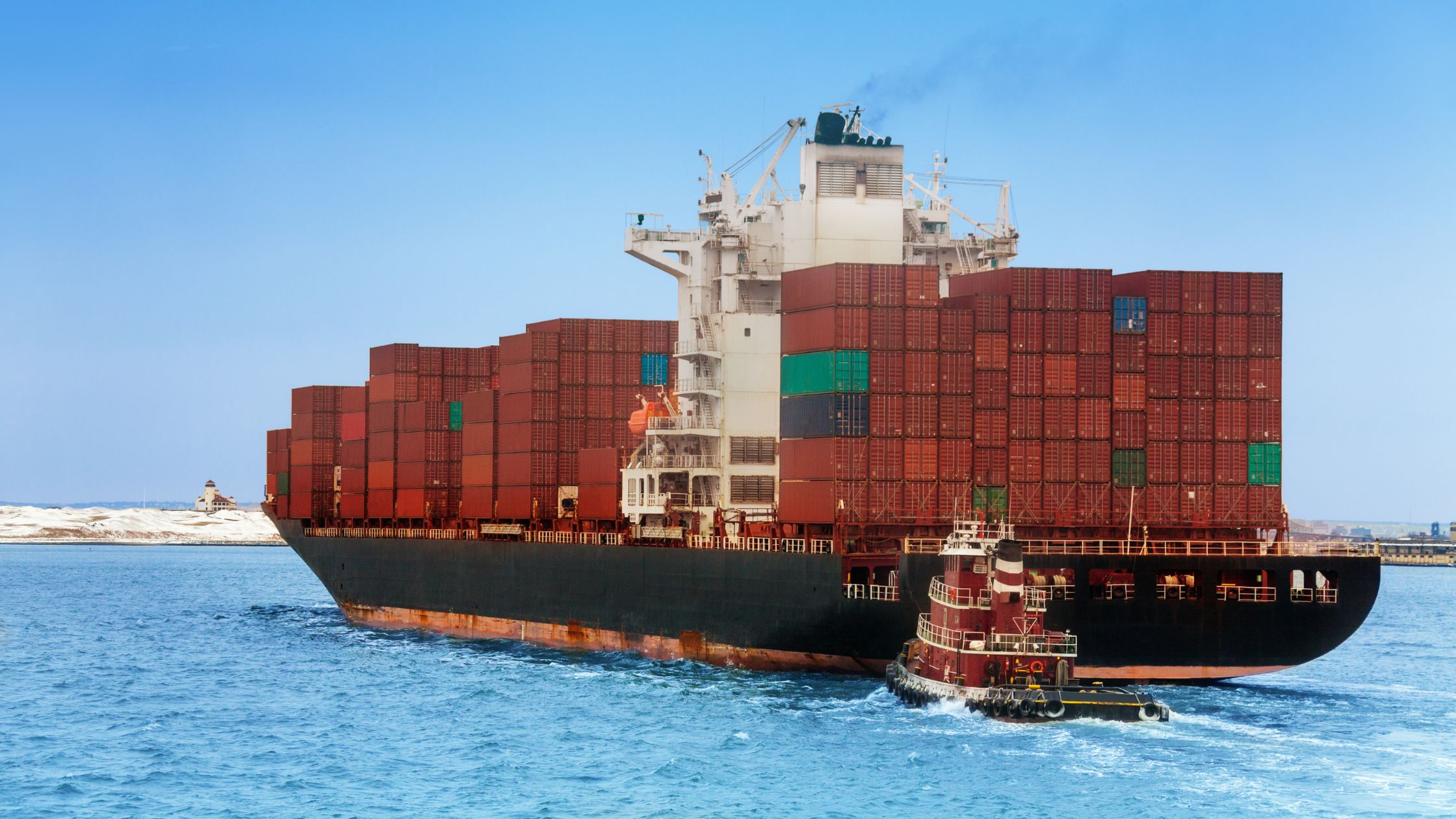
Multimodal vs Intermodal Transport: Understanding the Key Differences
Efficiency is integral to every aspect of a business’s operations. For instance, you want your goods to reach their final destination safely and without delay. Thus, an efficient supply chain saves you time and money while ensuring customer satisfaction. In this regard, intermodal shipping allows timely and less costly transportation of goods compared to traditional road transport, as noted by MX Solutions.
All the same, you’ve probably heard about multimodal transport, perhaps in passing. But what’s the difference between it and intermodal transport? Let’s clarify.
Intermodal Transport: The Nuts and Bolts
Think of intermodal transport as a process that involves multiple providers working together to move your goods to the intended destination. Basically, each provider is responsible for a specific part of the delivery, from the initial pickup to the final drop-off.
This means multiple companies handle different aspects of the shipment, whether by truck, train, or ship. Each provider also has a bill of lading to keep everything organized and on track. The result is a seamless delivery process that allows goods to travel long distances smoothly.
Since cargo switches hands multiple times, your business can enjoy great flexibility as your service providers can move goods from one mode of transport to another. This is useful if you’re shipping products to faraway places, as it enables you to reduce overall transit costs.
Multimodal Transport: What’s It All About?
Multimodal transport focuses on a combination of two or more modes (such as rail and road or air and road) to move goods from the shipper’s door to the final destination. For example, a freight forwarder may arrange the pickup of goods via road transport. Then, the same company may deliver them by rail. Thus, a single service provider is responsible for the entire process.
The Notable Differences
Well then, how can you tell the difference between intermodal transport and multimodal transportation? Easy – keep an eye out for the following specifics:
1. Bill of Lading
For the uninitiated, a bill of lading is a document containing vital information about the shipment, such as the origin, destination, carrier, type of cargo, and sender. If you’re dealing with multiple providers (as with intermodal transport), expect multiple bills of lading from all the firms involved in the shipping process (as noted before).
On the contrary, you’ll receive one bill of lading when using multimodal transport as a single service provider handles the job. Sure, the process may involve multiple carriers. Still, you’ll deal with a single provider who takes over the entire transport process.
2. Flexibility
Intermodal transport lets you select different companies for each leg of the delivery process, allowing greater flexibility. For instance, you can choose road transport for the initial pickup, followed by a green option such as rail for the rest of the journey.
Conversely, multimodal transport is somewhat inflexible as you have to rely on your shipping contractor to choose the ideal modes. Thus, if they opt for a less eco-friendly mode of transport, you have little to no say in the matter.
3. Costs
Intermodal transport tends to be cheaper than multimodal transport, given that you can select the providers for each leg of the journey. Also, since you can compare rates, you may have some wiggle room during negotiations. That said, the fact that you need to create contracts with every carrier can lead to high costs.
Setup costs of multimodal transport are generally high as you deal with a single provider who takes over the entire process. And since you have less control, you have to rely on the service provider’s judgment when selecting transport modes. Plus, the lack of negotiations can result in high transport costs. All the same, given that you get the service as a package, operational costs may ultimately be lower.
4. Efficiency
Multimodal transport allows you to rest easy upon shipment of your cargo – you don’t need to coordinate with multiple providers or sweat the details. As the provider takes charge of the entire process, you can sit back and let them handle it all. Thus, you can expect delivery of goods at the agreed time, and in case of delays, the carrier is responsible for devising a solution.
In contrast, intermodal transport requires a more hands-on approach as you typically deal with multiple carriers. Plus, since you have to select the ideal transport modes, delays or cancellations may occur, impacting the next part of the trip. But, if you’re dealing with experienced service providers like MX Solutions, you can tap into their network of resources and ensure your cargo arrives on time.
Given the differences between the two, which one should you pick? Basically, it’s advisable to talk to a freight forwarder or a containership specialist who can offer direction based on your business needs.



